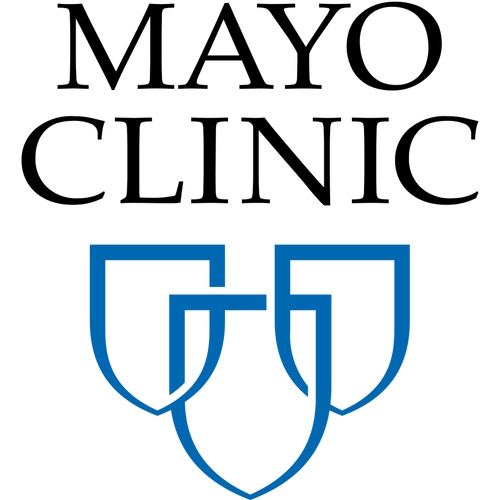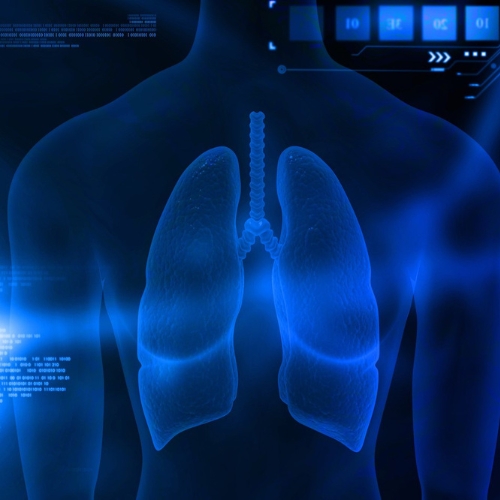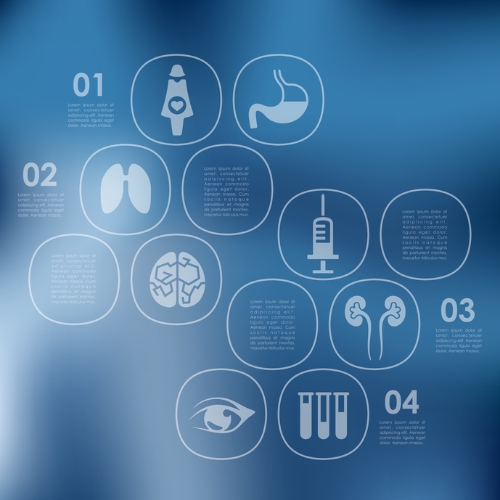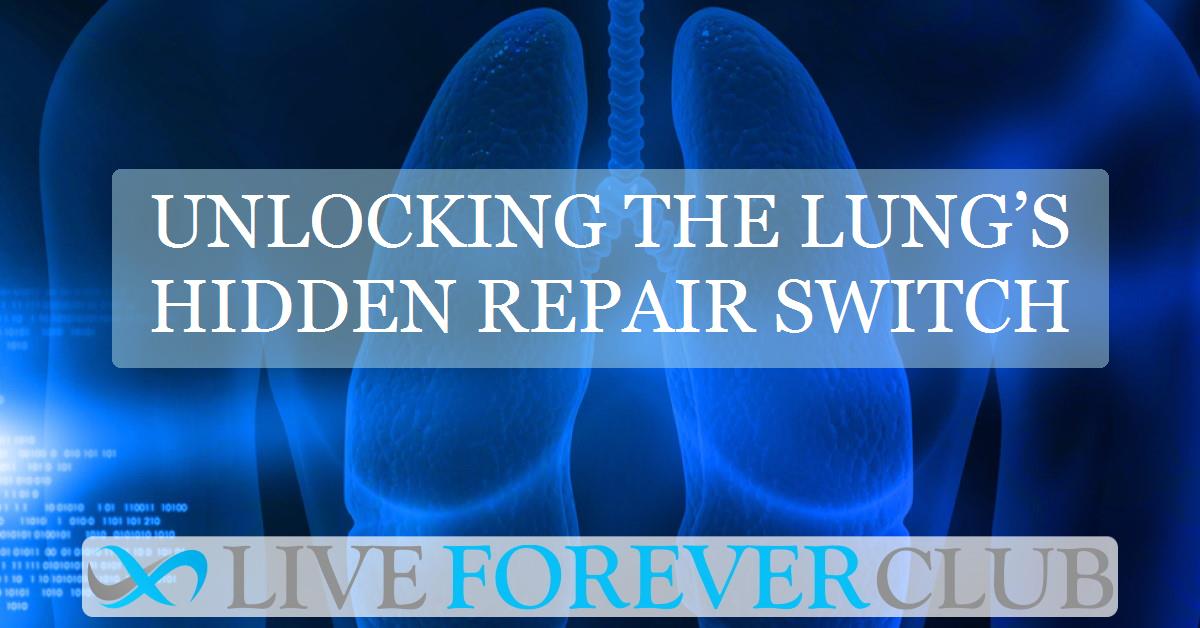Key points from article :
A Mayo Clinic research team led by Dr. Douglas Brownfield has uncovered a key molecular "switch" that determines whether lung stem cells repair damaged tissue or defend against infection — a discovery that could open the door to regenerative therapies for chronic lung diseases. The study, published in Nature Communications, reveals that a small group of specialized cells must commit to one role at a time, and that restoring this balance when it fails could be critical to preventing organ damage in conditions such as pulmonary fibrosis, COPD, and severe viral infections.
The work focuses on alveolar type 2 (AT2) cells, which serve two vital functions in the lung — producing surfactant proteins to keep air sacs open and acting as reserve stem cells that regenerate the thin alveolar type 1 (AT1) cells essential for breathing. By using single-cell sequencing and advanced imaging, the researchers tracked how AT2 cells mature and discovered that they lose their regenerative flexibility after about one to two weeks of development. This transition is controlled by a molecular circuit involving three regulators: PRC2, C/EBPα, and DLK1.
Among these, C/EBPα acts like a “clamp,” suppressing stem cell activity once AT2 cells specialize. For repair to occur in adult lungs, this clamp must be released. The same mechanism also controls whether AT2 cells prioritize tissue regeneration or immune defense — explaining why infections often slow lung recovery. As Dr. Brownfield notes, effective lung repair depends not only on activating repair programs but also on removing the molecular brakes that restrict them.
These insights could help researchers design drugs that reactivate dormant repair pathways and prevent scarring in damaged lungs. Beyond therapy, the findings may lead to new biomarkers for early detection of lung disease and support initiatives like Mayo Clinic’s Precure and Genesis programs, which aim to prevent organ failure through early intervention and regenerative medicine. The team’s next step is to explore methods to lift this molecular clamp in human AT2 cells and use them in future cell replacement therapies.







